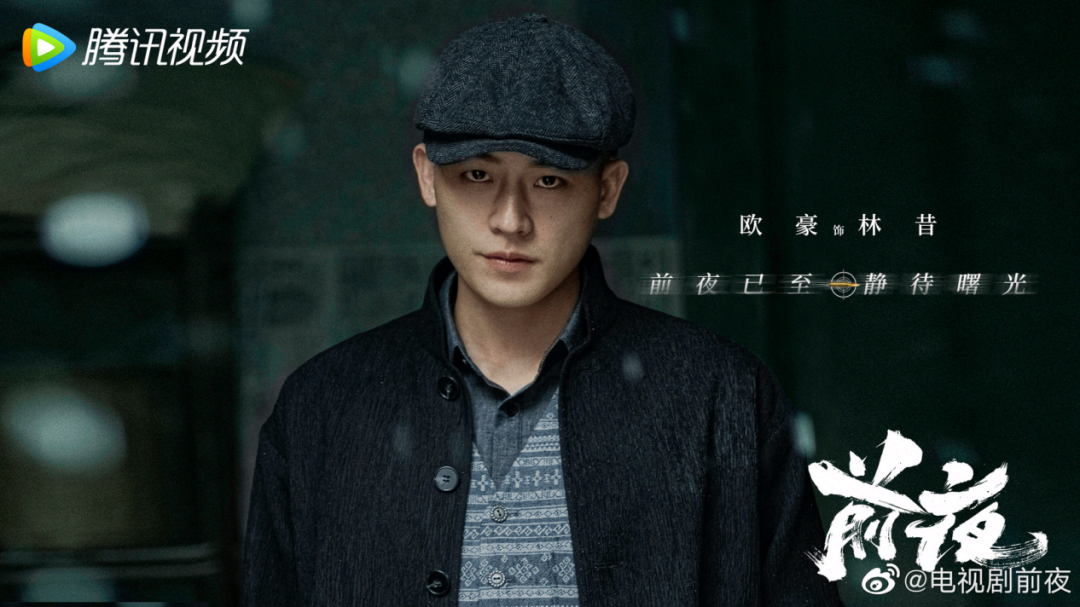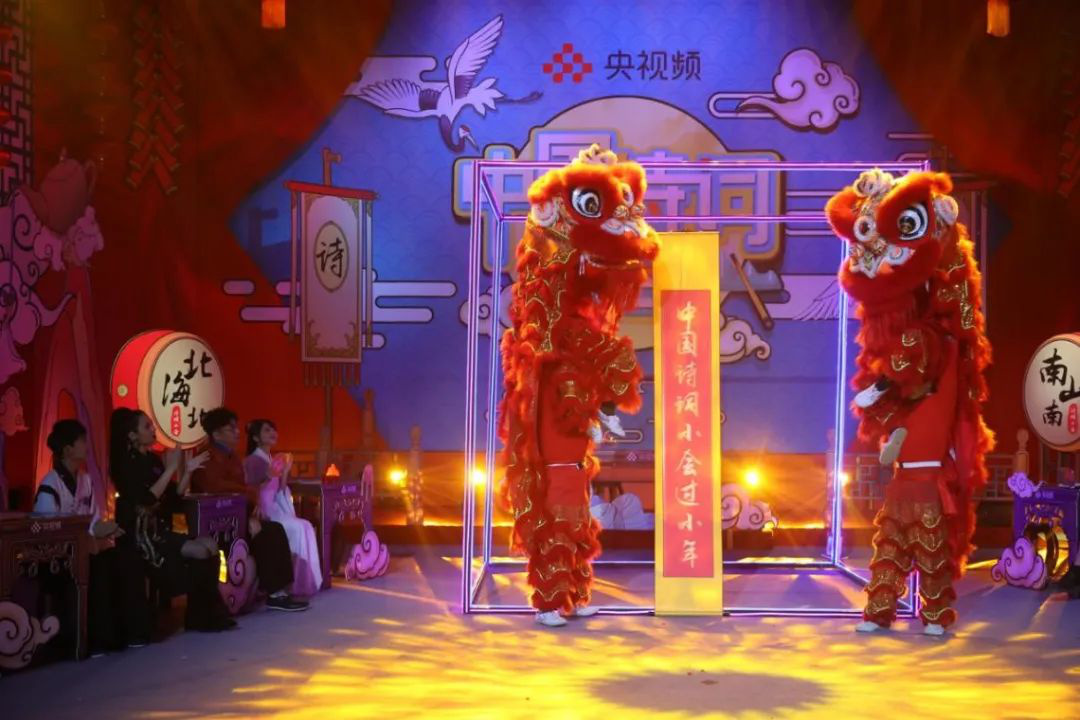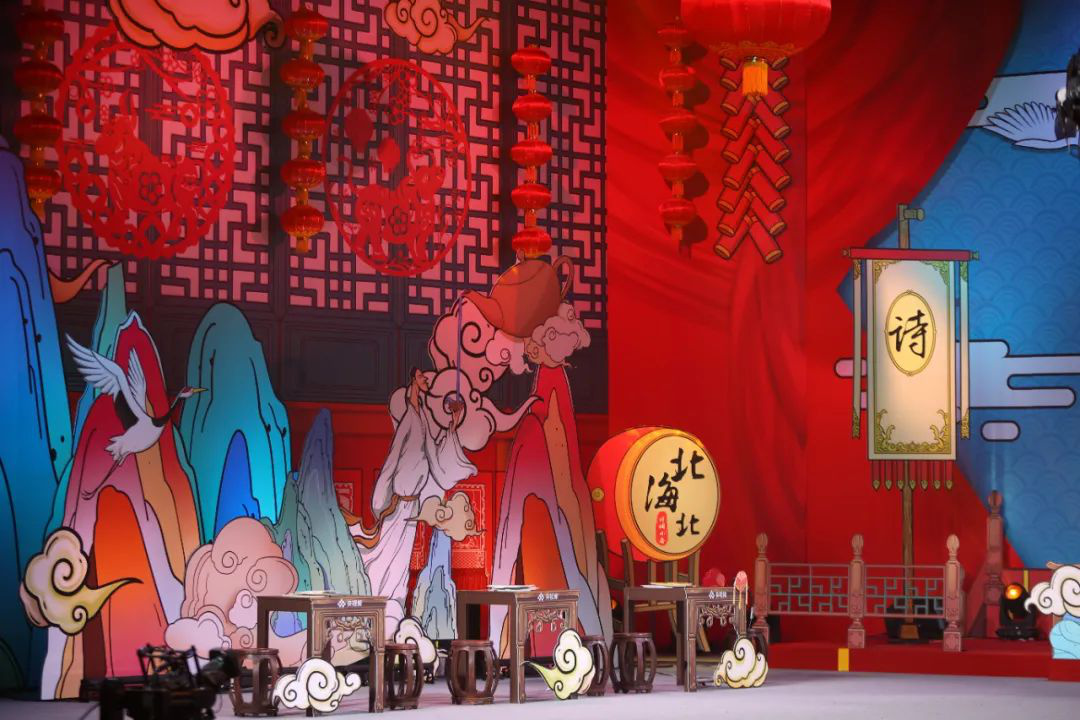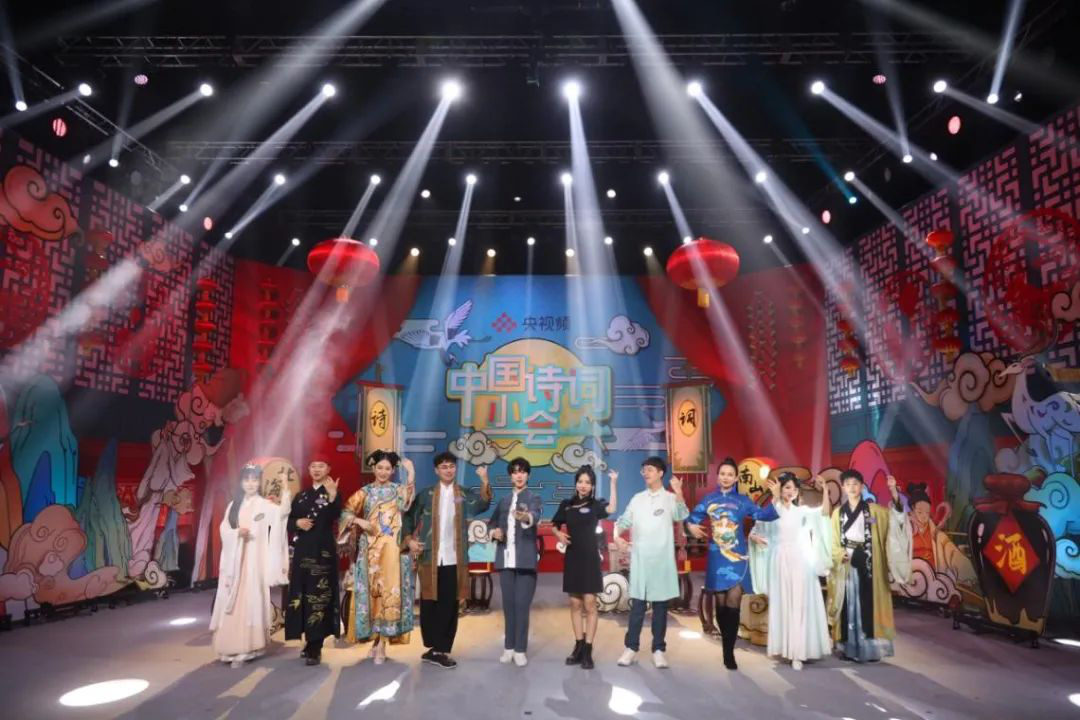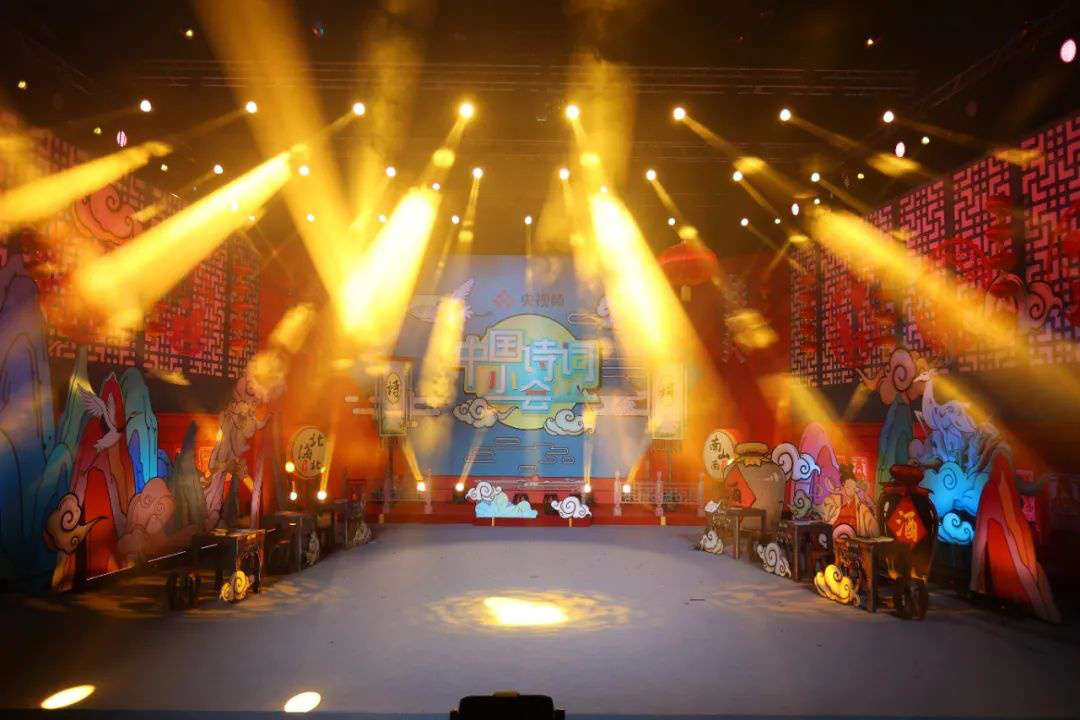The Wandering Earth announced that Jason Wu premiered astronauts to help China science fiction.
1905 movie network news Adapted from Liu Cixin’s original work, the adventure sci-fi film directed by Frant Gwo has recently exposed a preview of the film again. This 30-second preview, the patch was filed for release on July 5 due to the explosion of word of mouth. The picture in the preview shows Jason Wu as an astronaut, performing a mission on the space station with his Russian companion. It is understood that The Wandering Earth is the first collaboration between directors Jason Wu and Frant Gwo, and this help also proves that Jason Wu is full of confidence in the new genre of China science fiction movies.
The Wandering Earth has previously exposed two previews of the patch, which are expected to be officially released in 2018.
30-second patch exposes more stories Even the space station is "Made in China"
The film The Wandering Earth, as a new type of China sci-fi movies, has attracted much attention since the shooting. From the exposure of the 30-second concept patch preview of the first patch, it has attracted the attention of many sci-fi fans and Liu Cixin novel fans. Although the preview of the second patch was only 15 seconds, the scene of a group of people wearing "exoskeletons" opening the door in the snow and snow made the audience feel the texture of a film. This time, with the official release of Dying to Survive, the information of actors and main scenes appeared in the third patch preview for the first time.
At the beginning of the trailer, accompanied by the words "adaptation of Liu Cixin’s novel of the same name", there were alarm sounds one after another. Then, the space station of "Made in China" appeared in front of the audience. Jason Wu in a spacesuit and his Russian companion walked to the cabin door of the space station together. Their dialogue and camera switching actually brought out a sense of humor. With the panic tone of the Russian astronauts, Jason Wu firmly pressed the operating lever … … The preview came to an abrupt end here, leaving the audience with endless suspense. The final freeze-frame picture shows the frozen earth marching in the universe, and the four characters "Take a risk" also set the tone for the film’s style.
Readers who have read the novel know that The Wandering Earth tells us that the earth is experiencing a crisis that affects all mankind, so human beings have to start the "Wandering Earth Plan" to save themselves tenaciously and take risks. Attentive fans have found in the preview of this third patch that Jason Wu’s spacesuit not only has the national flag of China, but also has the logo with the earth symbol, which means that this rescue plan will be the collective action of the whole mankind.
I was moved to tears when I read the script. Wu Jing is willing to contribute to the new type of science fiction movies in China.
In this preview, Jason Wu’s lines are simple and neat, and compared with Russian astronauts, his role is determined and courageous. Even in the face of the crisis, the adventurous spirit is quite in line with the temperament of the film. In the eyes of most audiences, Jason Wu is either a kung fu master or an iron soldier, and this astronaut image brings us great freshness. Jason Wu himself attached great importance to this role. As early as during the filming, he couldn’t help posting photos on Weibo twice to share his experience of playing the "astronaut" for the first time.
At the Qingdao Cinema Promotion Conference in April this year, Jason Wu also talked about why he participated in The Wandering Earth. He said that after reading the script, he was moved by the characters, stories, scenes, and this unprecedented human adventure. "I cried and recognized the film from my heart." After joining the group, Jason Wu saw the sleepless working state of director Frant Gwo and the team: "This time, I seem to see my shadow in him (Frant Gwo), and I am obsessed with my favorite career, even if it is called every day. When the ground is not working, I will silently support it while collapsing."
For China science fiction movies, Jason Wu also has his own understanding. There were no outstanding sci-fi works in China movies before, but the appearance of The Wandering Earth, Jason Wu thought it was an opportunity for himself and also an opportunity for China sci-fi movies. Even though many people around him said that he was "adventurous" in The Wandering Earth, Jason Wu finally insisted on his choice and made a modest contribution to the new genre of China films.
Management is more important than creation. Guo Fan made China’s sci-fi movies in the way of Chinese.
The Wandering Earth officially started shooting last May, and the film preparation took three years. At present, The Wandering Earth is in intensive post-production. During this year’s Shanghai Film Festival, director Frant Gwo participated in two forums and shared the process of "exploring the industrialization of China films" during his filming of The Wandering Earth.
In the view of director Frant Gwo, sci-fi movies are the products of the pyramid of industrial movies, while the industrialization of China sci-fi movies and China movies are both in the initial stage, and there is no matching industrialization process as the guarantee of creation, especially the lack of management awareness and management means. In the production process of The Wandering Earth, he personally felt that for sci-fi movies, the creation should focus on the preparatory stage and post-production stage, and in the shooting stage, management (similar to enterprise management) is the core. In the past, improvisation, instinctive creation or passionate creation, which often appeared in the film shooting stage, are basically not applicable in the process of science fiction film shooting.
The Wandering Earth has done a lot of work during the preparatory period, which provides a strong guarantee for the shooting stage, such as introducing VR mirror technology to assist the art scene setting. Before shooting, the team produced more than 8,000 frames of mirrors, more than 30 minutes of PreViz (dynamic preview), detailed production process and shooting scheme, as well as overall planning and notice sheets based on the lens, etc. All these industrial processes were explored and prepared to minimize the waste of costs and improve work efficiency.
In addition, Frant Gwo stressed: China’s sci-fi movies must be China’s in cultural core and aesthetic presentation, so that the audience will agree and resonate. He led the team to revise The Wandering Earth’s synopsis, breakout and script several times, striving to show China’s humanistic temperament in the core of the story, the feelings of the characters in the story, the way of thinking, the behavior pattern and even the world outlook. The Wandering Earth has been pursuing to create China’s own sci-fi movies in the way of Chinese.












